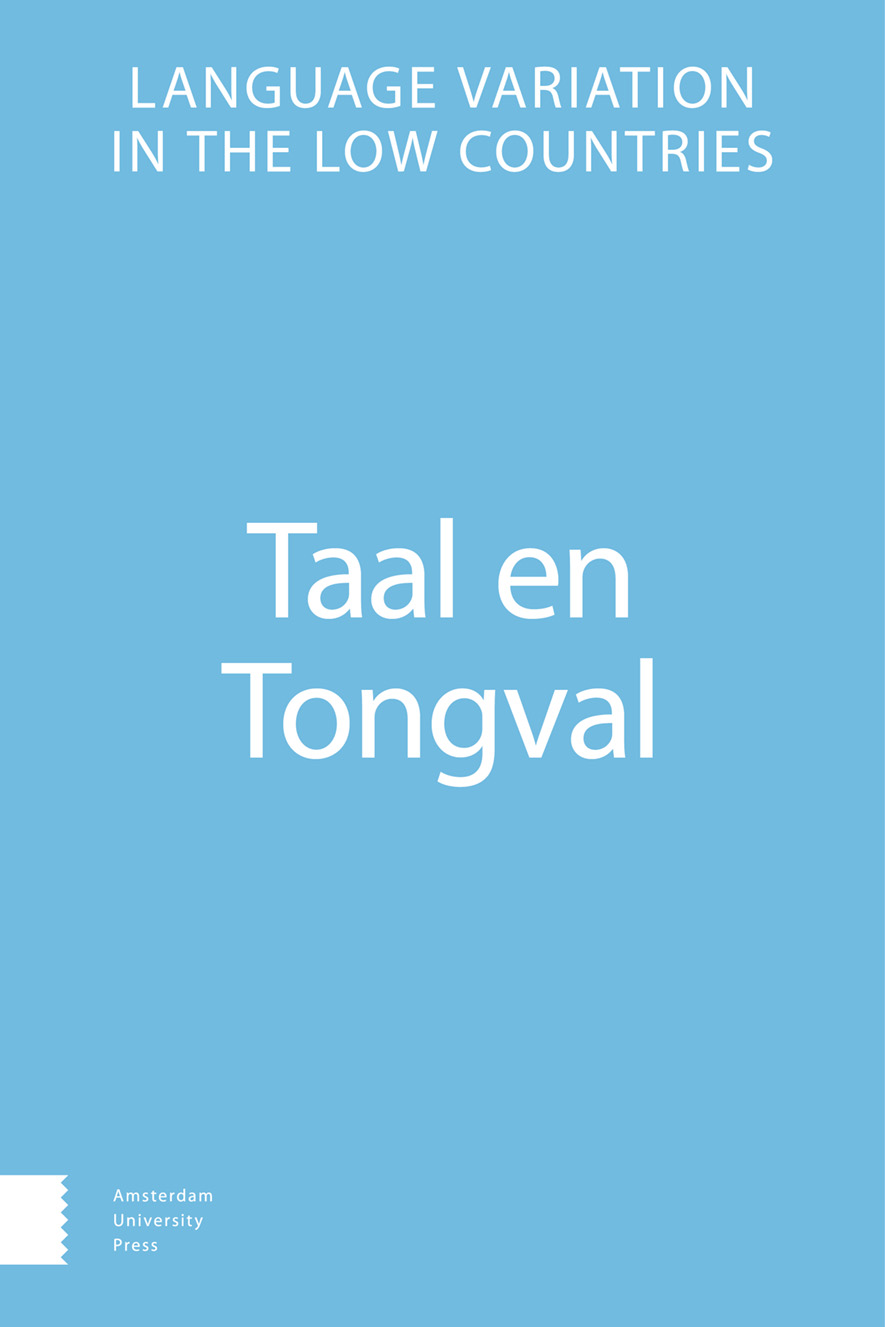-
OADe dynamiek van geslachtsmarkering in de Noord-Brabantse dialecten
- Amsterdam University Press
- Source: Taal en Tongval, Volume 72, Issue 1, 2020, p. 69 - 116
-
- 01 Jan 2021
- Previous Article
- Table of Contents
- Next Article
Abstract
The present paper discusses gender marking, i.e. the morphological marking of masculine, feminine and neuter lexical gender in the adnominal domain, in Brabantish dialects spoken in the southern Dutch province North-Brabant. Gender markers belong to the most salient features of North-Brabantish, but with a process of dialect levelling well on its way for at least fifty years, knowledge of lexical gender is fading away. This study delves into these variation patterns. The results of a quantitative analysis of written questionnaires (mainly filled out by elderly dialect speakers, N=700) triggered us to conduct a small in-depth study of speech data from adolescents in the Eindhoven region (N=15). Based on these data, we argue that there is a high level of heterogeneity when it comes to adnominal gender marking.
In this paper, we aim at describing and categorizing the various types of variation. The data includes omissions of the traditional Brabantish masculine gender marking, indicating that speakers are converging towards Standard Dutch. However, the data also reveals that in 30% of all utterances speakers apply gender marking in multiple ways. We find three types of variation: 1) masculine gender marking is only partly applied in comparison to the traditional rules of dialect grammar (compromise-constructions), 2) masculine gender markers appear in noun groups where they should not appear according to the dialect grammar (e.g. feminine, neuter, plural), so-called hyperdialectisms, and 3) speakers use innovative gender marking constructions: accumulate forms with two masculine suffixes, so-called hypermarkings. Based on previous research, we argue that typical dialect features, such as gender markers, are part of a regional speech style and play an important role in identity formation. As shibboleths of such a speech style, gender markers are over-generalized by speakers who want to profile themselves as ‘genuinely’ Brabantish. Also, individual patterns of gender marking indicate that salience in non-canonical sentence structures (e.g. focus) might be an important factor when it comes to emphasizing a deviation from the standard language, in line with (regional) identity construction through the use of shibboleths. Future research is necessary to validate these initial findings.


